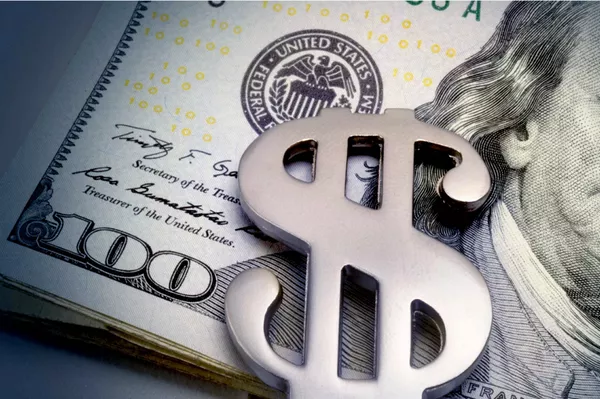The Federal Reserve’s unexpected dovish pivot in December has bolstered the case for a continued weakening of the U.S. dollar into 2024. However, the strength of the U.S. economy may impose limitations on the greenback’s decline.
After reaching a two-decade high due to the Fed’s rate hikes in 2022, the U.S. currency has remained mostly range-bound this year, supported by robust U.S. growth and the central bank’s commitment to maintaining elevated borrowing costs. The recent Fed meeting marked an abrupt shift, signaling the likely end of historic monetary policy tightening, with policymakers projecting 75 basis points of cuts next year.
The anticipated rate cuts are generally viewed as a headwind for the dollar, making U.S. currency assets less appealing to yield-seeking investors. While strategists expected the dollar to weaken in the coming year, an accelerated pace of rate cuts could expedite the currency’s decline.
Betting on a weaker dollar has been challenging in recent years, and some investors are cautious about premature actions. The ongoing outperformance of the U.S. economy relative to its peers could pose an obstacle for bearish investors.
The Fed’s previous aggressive monetary policy tightening, combined with post-pandemic measures to boost U.S. growth, led to a powerful dollar rally. With the Fed now set to ease policy, analysts suggest that some of these gains may be reversed.
The dollar is on track for a 1% loss this year against a basket of its peers.
The outcome for the dollar depends on the relative performance of the U.S. economy compared to global peers and the pace at which central banks adjust monetary policy. Analysts are closely monitoring economic conditions, with some seeing strength in Asian economies while others expect a slowdown in U.S. growth.
A Reuters poll of 71 FX strategists in early December indicated expectations for the dollar to fall against G10 currencies in 2024, with the majority of the decline in the second half of the year.
The trajectory of the dollar may hinge on the extent to which Fed easing and falling inflation are already priced into its value. Futures tied to the Fed’s policy rate show investors factoring in more than 140 basis points in cuts next year, nearly double what Fed policymakers have indicated.
Analysts suggest that if inflation stalls and does not continue to decline, the case for the Fed to hold off on rate cuts may emerge, presenting a bullish development for the dollar.


